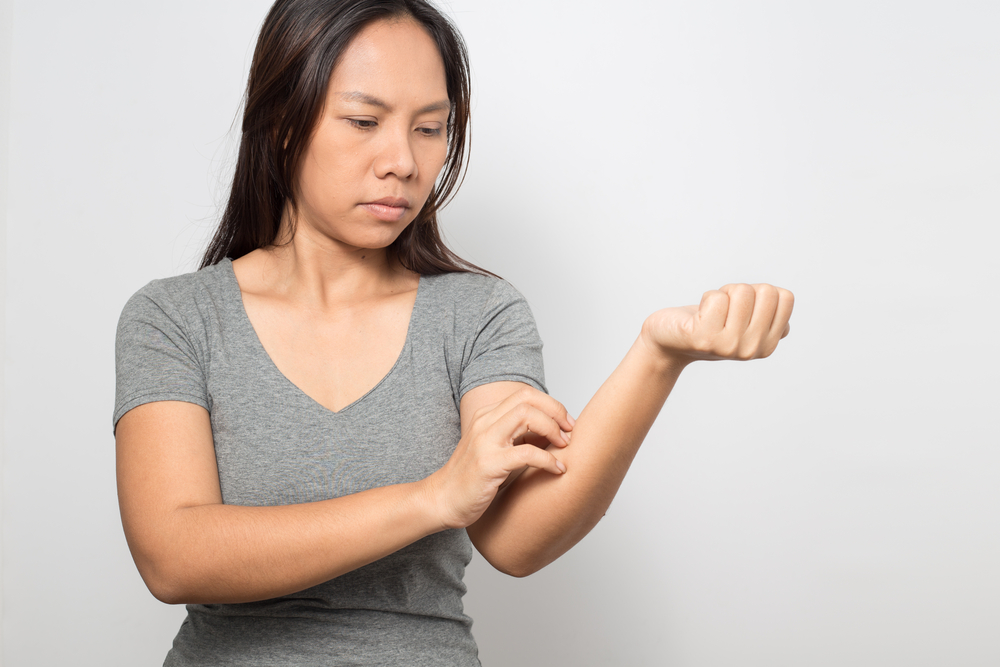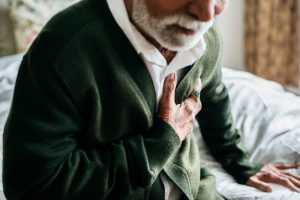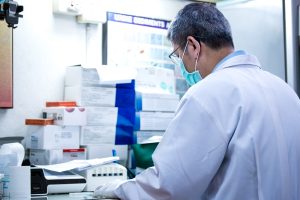Stevens-Johnson Syndrome (SJS) is a rare but life-threatening skin condition that can affect people of any age, race or ethnicity. However, studies have shown that Asians are more at risk of getting SJS than other populations.
Recent breakthroughs in genetic profiling have allowed researchers to discover further correlation between genetic markers commonly found in Thai and Han Chinese ethnic people. In this article, we will explore why this is the case and what steps can be taken to prevent and manage SJS.
What is Stevens-Johnson Syndrome?
Stevens-Johnson Syndrome is a rare but severe skin condition that usually starts with flu-like symptoms such as fever, cough and sore throat. It then moves to painful blistering of the skin and mucous membranes, which can lead to extensive tissue damage and organ failure. SJS is a medical emergency that requires immediate treatment in a hospital.
What Causes Stevens-Johnson Syndrome?
Certain medications, such as antibiotics, anticonvulsants, and nonsteroidal anti-inflammatory drugs (NSAIDs), usually cause an adverse reaction that leads to SJS. Infections, including herpes simplex virus and mycoplasma pneumonia, can also cause SJS, albeit rarely.
Some of the most common medications that have been associated with Stevens-Johnson Syndrome (SJS) include:
- Sulfonamide antibiotics – such as trimethoprim-sulfamethoxazole (Bactrim, Septra), sulfadiazine, and sulfasalazine.
- Nonsteroidal anti-inflammatory drugs (NSAIDs) – such as ibuprofen, naproxen, and diclofenac.
- Anticonvulsants – such as carbamazepine, lamotrigine, and phenytoin.
- Allopurinol, a medication used to treat gout.
- Penicillins, such as amoxicillin.
- Antiretroviral drugs, used to treat HIV.
- Chemotherapy drugs, such as cisplatin and doxorubicin.
Why are Asians more at risk? Genetic Factors
Studies have shown that Asians, particularly those of Southeast Asian descent, are more at risk to SJS than other populations. Researchers have identified several genes that may be associated with an increased risk of developing SJS. Some of these genes are more common in Asian populations, which could explain why Asians are more vulnerable to SJS. A recent study in Singapore yielded similar results, where new advancements in medical research can help identify vulnerable diseases with each ethnicity. Epigenetics profiling is underway, and is expected to yield further understanding of this risk.
Prevention and Management
Prevention and early recognition of SJS are crucial for improving outcomes and reducing the risk of complications. Take these steps to prevent and manage SJS:
- Avoid high-risk medications – If you have a history of SJS or are at increased risk, avoid medications that have been linked to the condition.
- Recognize the symptoms – If you experience flu-like symptoms followed by blistering of the skin and mucous membranes, seek medical attention immediately.
- Early treatment – Early recognition and treatment of SJS can help to reduce the risk of complications and improve outcomes. Treatment may include stopping the medication, supportive care, and sometimes immunosuppressive therapy.
Conclusion
Stevens-Johnson Syndrome is a rare but severe skin condition that can be dangerous. While anyone can develop SJS, studies have shown that Asians, particularly those of Southeast Asian descent, are more at risk. The reasons for this are not yet fully understood, but genetics and environmental factors are thought to play a role. By taking steps to prevent and manage SJS, we can improve outcomes and reduce the risk of complications.













